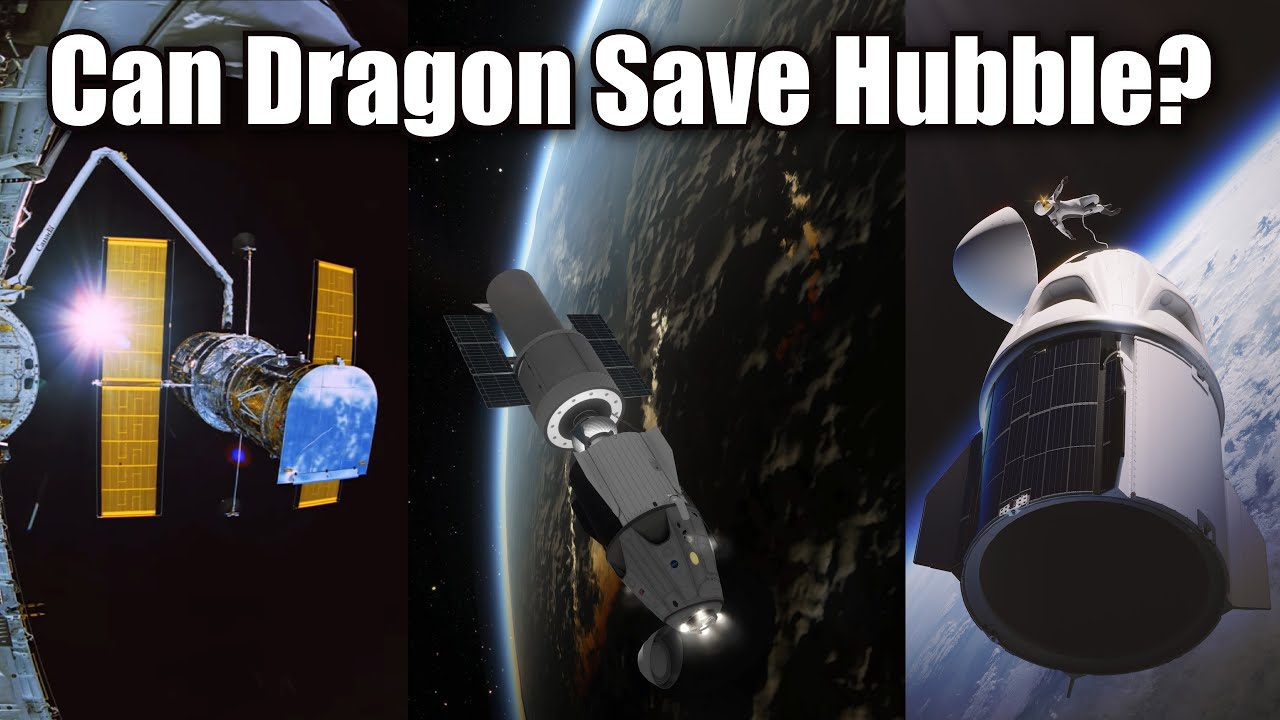SpaceX and Jared Isaacman have been awarded an unfunded Space Act agreement by NASA to study a servicing and re-boost mission to extend the life of the Hubble Space Telescope.
On the last Space Shuttle servicing mission to the Hubble, STS-125, knowing the shuttle was to be retired, astronauts installed a fixture called the “Soft Capture Mechanism”, intended to allow a future robotic mission to deorbit the telescope at the end of its life. This is similar to the docking hardware on Crew Dragon used at the International Space Station, but not identical, so a Dragon mission would require a modified or auxiliary docking adapter to capture the telescope.
2 Likes
Lowering launch cost dramatically expands the opportunities for maintenance of space infrastructure.
One thing that has puzzled me, though, is the use of astronauts rather than telepresence. While it is true that even LEO telepresence can be challenging due to latency, high-latency telepresence for space infrastructure has been proposed as early as SSI’s study “New Routes To Manufacturing In Space”.
Back in 2001 I described how human maintenance workers will eventually make sense for a Starlink-type system, but before that happens launch costs should drop low enough that it makes sense to create orbital data-centers utilizing existing data-center hardware. That will create quasi-office environments for the hardware so as to use commodity data-center hardware and corresponding support infrastructure. Then will it be obvious that the incremental cost of fitting those orbital data-centers with life support will tip the balance toward human maintenance worker presence in space.
I suppose this can work the other way in some cases. For instance, dramatically lowered launch costs permit an L2-based astronomical interferometer consisting of a swarm of cheap optical telescopes with enormous redundancy to collectively gather enormous light at very high resolution. In that case, when one of them goes out, you just discard it and replace it. But even in that case, how much would it cost to equip each such cheap telescope with a little telepresence bot?
3 Likes
My 2003 short story “Trek’s End”, is set at a commercial facility, one of six “GEOcans”, in geostationary orbit that rents space, power, and phased array antennas to tenants operating communication services. Combined with cross-links between GEOcans, this eliminates the congestion in geostationary orbital slots and allows maintenance and upgrading of communication equipment without disposing of old satellites in graveyard orbits and launching new ones. The stations are not permanently crewed, but crew-tended, with the interorbital ferries providing life support to the pressurised space for equipment racks inside the can during servicing visits.
All of this is largely incidental to the rather silly story, because I needed a reason why people would be operating in geostationary orbit when the plot played out.
3 Likes
I suppose the hexagonal geostationary configuration would be better than the pentagonal* one I came up with around the mid-80s.
Before Control Data Corporation had entirely abandoned its ETA supercomputer, I called up David Frankel who had worked on the PLATO project and was then on the ETA project, to ask him if the ETA could be hardened for geostationary operation. He said it could. While at CDC in the late 70’s my team had demonstrated a mass-market version of the PLATO system using the 7600 and I knew the performance scaling for the ETA. So I put together a proposal for a pentagonal, 5 geostationary ETA constellation. I don’t recall the peak users the system would have supported but it would have been more than enough to handle 5 metro areas the size of the Twin Cities at mass market penetration. A constraint on the PLATO network was that student keypresses be processed by the TUTOR code and respond within normal reaction time of about 250sec. That just about matched the goestationary lightspeed latency so, I figured, why not?
The L5 Society hosted my presentation at the Ruben H. Fleet Science Center and there was some interest from General Dynamics engineers present but they weren’t high enough up to really matter.
*I figured 5 was the minimum required to have redundant coverage.
2 Likes
